Market Order: Overview, What It Is, Advantages, And Disadvantages
By Jordan Blake
January 10, 2024 • Fact checked by Dumb Little Man
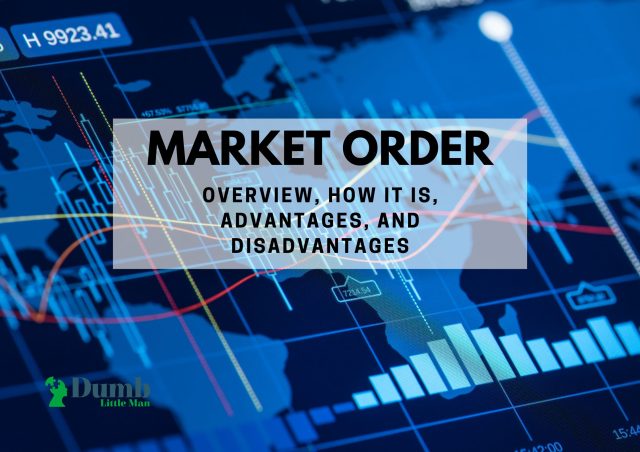
Want to jump straight to the answer? The best Stock Brokers are Tradestation and Tradier
The #1 Stocks and Forex Trading Course is Asia Forex Mentor
The digital investment market can change drastically overnight; sometimes, it is impossible to predict how a share might perform in the coming days. With advancements in platforms, we have a wide range of options to ensure our predictions about stock price are perfect and we can benefit from the market. However, it isn't always true. Sometimes, massive changes may come right before you could execute your trade, and a profitable situation may hardly break even.
The vulnerability of markets makes it essential for investors to be well-versed with possible strategies to minimize losses. A common way to sell stocks right away is Market order– it lets you sell your stock or asset at the ongoing price, meaning you don't have to hold the stock any longer. If your stock has high everyday volume, you can sell stocks in no time and avail the best possible benefit. However, it also puts you at a higher risk if the market suddenly falls.
Today, we have Ezekiel Chew with us to explain Market order and how we can use it to improve our profitability. He is widely known as the #1 Forex mentor and expert; he has helped numerous newbies turn into full-time forex traders. We shall discuss everything you need to know about market orders, their advantages & disadvantages, and when you should use them. Let's go!
What is Market Order
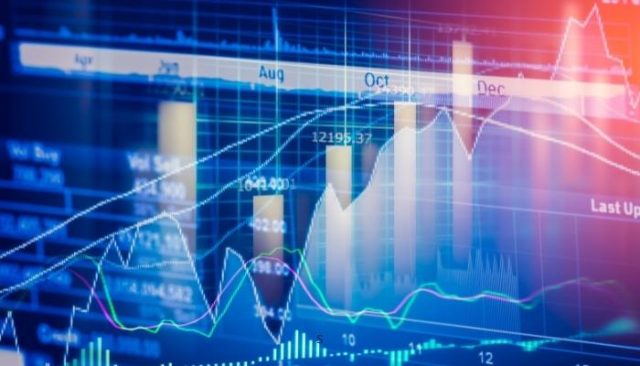
Every investment must be backed by timely decisions; your trades need to be timed perfectly to attain the best profits for you. If the trade is delayed for any reason, the ongoing market price may change, resulting in lesser profits. Usually, traders aren't willing to risk their stocks and wait for the perfect offer. They are inclined to make a move instantly and prepare a buy or sell order at the prevailing market price.
A market order is a solution for such traders; it lets you trade your stocks at the current market price without any delay. Market order helps the traders from additional risk. A stock may have sudden fluctuations in a short period, which may make the trade unprofitable; hence, some traders would like to play a bet and trade the stock at the ongoing price.
Electronic brokerages usually list the possible trading prices of an asset; it arranges the ‘bid-ask' prices from traders in the market. The ask prices are listed at the top, while the bid price is at the bottom. Once a market sell order is placed, the bottom trading price is paid to the seller, and the trade is executed immediately. If the trader has placed a purchase order, the top list price is selected for immediate purchase, and the transfer is made.
When is Market Order Used
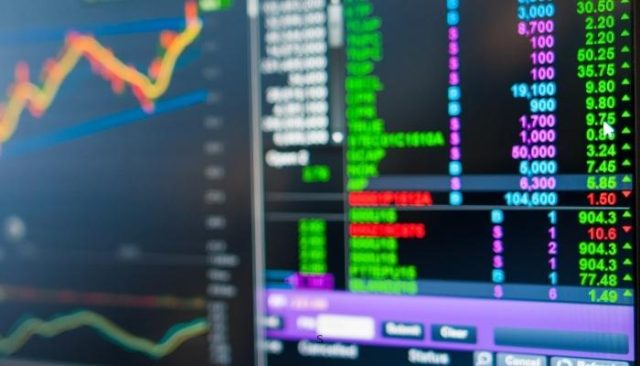
You would have noticed that while a market order may help you execute a trade instantly, it doesn't eliminate the risk entirely. Market orders are also prone to vulnerable markets and may result in higher trading costs. Ideally, you should use market orders only for stocks with high volume. Multiple traders deal in a popular asset; hence, it shall have a low bid-ask spread.
It helps you from receiving a significantly lower amount than you would have anticipated. Market orders shouldn't be used for stock with median-share volume or low trades; these stocks are seldom bought by brokers, and due to high risk, the bid-ask spread for these assets is significant, making deals unprofitable for most traders.
Example of a Market Order
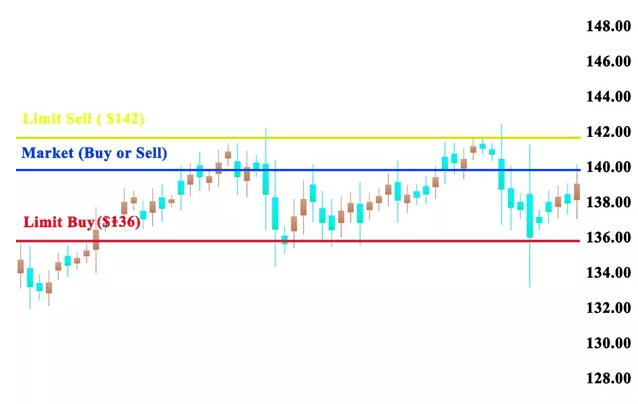
Before we move on to an example, it is important to recall how a market order works. A brokerage has a list of trading prices arranged in descending order. The market order is executed from the trading list; a sell order will usually take the minimum price to ensure an immediate sale and vice versa.
Let's take the example of a thinly traded security named ZX oils. On Mar 21, the share was operating at an ongoing price of $9; the bid-ask spread was separated between $11 and $7. A market order to purchase 500 shares was placed. The first lot of 100-shares would be bought at the maximum price of $11; however, the next 400 shares won't be bought at the last traded price.
For thinly traded securities, high-volume purchases would mean a jump in stock prices; hence, it can be fairly anticipated for the asking price to rise to about $15 for the next shares. Every time a lot is purchased, the high demand pushes for a higher price. Therefore, a trader may end up paying more than they would have previously. In such cases, a limit order can be a good choice. Limit orders allow you to buy or sell at a specified price.
How to Place a Market Order
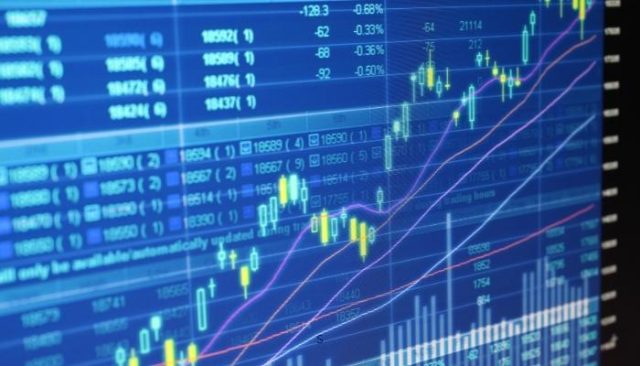
The world has changed, and technology has eased earning money for traders. The advanced platforms offer a wide range of features, helping traders generate the best returns from their investments. You can place market orders directly from your trading platform; the latest brokerage firms allow users to select their custom settings between limit orders or market orders.
You can find the option under the trading setting of your application; however, the settings may be different for each brokerage. A market order is the default option for most users. Once you place a market order, it isn't carried out at the first instant except for low-trading securities. The market orders placed before your order will be conducted before your trade is performed in the stock market.
It is important to note that a price can change significantly between the time you place your order and when the trade was executed. As we showed in our example, multiple purchase orders can drive the stock price higher, so you may end up paying more than you would have planned.
Advantages of Market Order
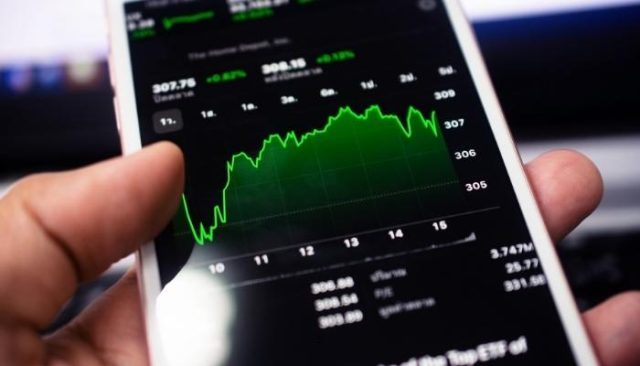
The best benefit of a market order is the surety of the transaction. Once you're placing a market order, it will normally result in the trade execution. If you wish to sell your security and prevent any additional risk from price swings, you can place a market order, and it will be executed immediately; you can move away from the vulnerable position. Similarly, if a stock looks promising, you can place a purchase order, and the trade will most likely go through.
Market orders are also simple to understand, and you won't have to research the market to evaluate where the trading price should be limited. All you need is to place a market order, and your brokerage will complete the transaction for you in no time. In case of a limit order, you may have to research the stock and understand how high its rise could be. If the stock doesn't rise to the mark, the sale won't be made.
Market orders make it easy for you to focus on your investment strategy. Most investors focus on diversification and rebalancing; sometimes, they would need instant balance to buy a profitable asset. Market orders allow you easy liquidation of your assets, and you can easily shift your investment portfolio. It also lets you automate your transactions without worrying about significant losses.
Disadvantages of Market Order

Just like most trading strategies, market orders aren't a guarantee of success. There are some instances when a market order may backfire. If you are placing a market order at the end of the market day, you have stepped into an unknown world, and it can be hard to foresee how the market's behavior would be.
Similarly, market orders are generally risky because you can't accurately estimate the total amount you would receive. In dynamic markets, every buy or sell order will have an impact on the current market value, and it will change. Once you have placed your market order, it will be executed after the prior orders are completed. Therefore, you may end up receiving less than you would have liked. A sell limit order can reliably execute a trade at your preferred price.
Market Order vs Limit Price

The blog has taken you through various aspects of a market order, but it is crucial to put it against its competitor for a fair view. If we look for an objective viewpoint, market order has its benefits for traders looking to get in or out of a deal instantly. It lets you execute your trade in no time, and you can get in your desired position. It allows you to implement your trading strategy efficiently and helps you make better returns.
However, market orders aren't necessarily a guarantee of trade. If a stock has no trade availability, even a market order won't work in that case, and you may be stuck with it. Similarly, you can't reliably estimate the possible returns from a trade deal, and in some cases, possible profits will turn into losses. A limit order is an exact opposite; it gives you the certainty of price without the surety of trade.
It lets you set a fixed price for your trade, but the deal will only be implemented if the market hits the value. Hence, you may have to wait for a long time before your trade is executed, and sometimes, the limit order may fail to bring returns due to the stock performance. Nonetheless, you can still reliably estimate the possible amount traded per stock.
Overall, market orders are a good choice for high-volume stocks as the trades will be executed quickly without significant differences. Limit orders are better for low-volume securities, and they shall prevent any excess expenditure in large bid-ask spreads.
Best Stock and Forex Trading Course

The best forex course which is most effective is provided by Asia Forex Mentor. Through this amazing course, traders do not just make some profit, on the contrary, the pro-traders make massive profits making 6 figures per trade, with the help of financial experts, every time through their amazing strategy of mathematical probability.
This may sound unrealistic and impossible. However, there is no miracle or bragging here but the magic of mathematical probability through, the proprietary system of the one core program provided by the Asia Forex Mentor. The one core program is the recipe for ingenious trading results to humungous profits. All of this is possible due to the expert traders and trainers of the one core program who have designed strategies and know-how to edge out the market every time from basic to advanced level.
The developers of the Proprietary One Core Program are not just ordinary traders but are financial experts equipped with research-based trading strategies. These trainers have years of experience behind banks and successful trading institutions. As a result, these experts have come up with a comprehensive trading course ranging from beginner to advanced level.
Moreover, the One Core Program is not just a set of strategies to learn from but a complete trading solution with expert advice and tweaks and customized expert solutions for every individual client whether a beginner or an experienced trader. Hence, the AFM Proprietary One Core Program is the ultimate solution to all your trading needs
| RECOMMENDED TRADING COURSE | REVIEW | VISIT |
|---|---|---|
 | #1 Forex, Crypto and Stocks trading course. Ranked most comprehensive by Investopedia and Best by Benzinga. Free to Try! |  |
Featured Investing Broker of 2024
| Broker | Best For | More Details |
|---|---|---|
 | Advanced Non US Traders Read Review | securely through Avatrade website |
 | Intermediate Non-US Traders Read Review | securely through FXCC website |
Overall Broker | securely through Forex.com website | |
 | Professional Forex Traders Read Review | securely through Interactive Brokers website |
| Broker | Best For | More Details |
|---|---|---|
 | Advanced Traders Read Review | securely through Tradestation website |
 | Intuitive Platforms Read Review | securely through Tradier website |
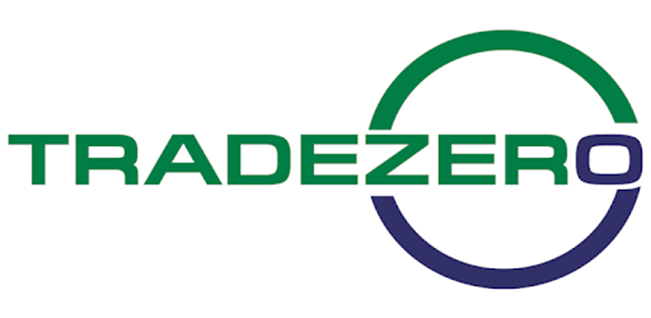 | Powerful Services at a Low Cost | securely through Tradezero website |
 | Professional Forex Traders Read Review | securely through Interactive Brokers website |
Conclusion: Market Order

An additional income source is essential in changing markets; it helps you get on the right track and create generational wealth. Digital investments have risen to fame due to the ease of investing and reliability of returns. It allows the trader to trade in the stock markets from the comfort of their homes and make a substantial living.
These investments rely heavily on the right timing; if a trader can't time their decisions accurately, there is a fair chance of them backfiring, resulting in lesser profits. Market orders are a simple solution to get started; they let you execute a trade immediately, helping you keep up with your investment strategy.
However, a market order comes with high risk and a lack of certainty; therefore, you should be sure of your decisions before placing one. Trading is a risky game, and if you aren't well-informed, the losses are inevitable. Therefore, you must educate yourself using the right courses before putting your hard-earned money at stake.
Market Order FAQs
What is the best definition of a market order?
In the simplest terms, market order refers to trade on the prevalent market price. A market order will execute your trade at the ongoing stock price, meaning you can’t have a say in the trading price. It helps in quick buy and sell trades but puts you at risk of changing value.
What is a market order in business?
A market order is the opposite of a limit order. In a limit order, a seller can determine a selling price for their stock before setting the trade. Once the stock’s price hits the selling price, the trade is executed, and the seller gets the return. However, it can take a long time to materialize.
In a market order, the trade is executed on the market price. The purpose of market orders is to perform the trade immediately to cash in profits or avoid losses.
Jordan Blake
Jordan Blake is a cultural commentator and trending news writer with a flair for connecting viral moments to the bigger social picture. With a background in journalism and media studies, Jordan writes timely, thought-provoking content on everything from internet challenges and influencer scandals to viral activism and Gen Z trends. His tone is witty, observant, and sharp—cutting through the noise to bring readers the “why” behind the “what.” Jordan’s stories often go deeper than headlines, drawing links to pop culture, identity, and digital behavior. He’s contributed to online media hubs and social commentary blogs and occasionally moderates online panels on media literacy. When he’s not chasing the next big trend, Jordan is probably making memes or deep-diving into Reddit threads. He believes today’s trends are tomorrow’s cultural history—and loves helping readers make sense of it all.













